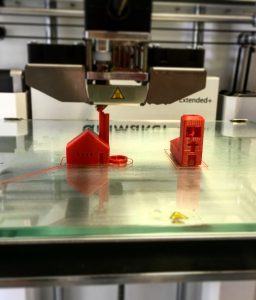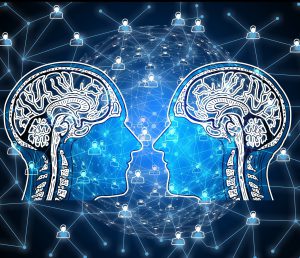Anyone will tell you that technology is changing the world as we know it at a stunning pace. Today, we can access everything in a few seconds. Need entertainment? We can just open our Netflix app, or open our internet browsers to look for a Bethard welcome offer. Need something inspirational? We can watch a TED Talk or watch an informative documentary. The list goes on. With so many breakthroughs out there, it’s hard to predict which one is explicitly about to hit big. The fourth industrial revolution is near, and it will fundamentally change our world. Let’s take a look at the technologies that have the potential to change the way we live, work, and relate to each other.
3D Metal Printing

Yes, 3D printing has been around for quite some time, but designers have mostly managed to produce one-off prototypes made of plastic. However, now that printing metal objects is less expensive, 3D metal printing has proven to be a much cheaper and practical way of manufacturing objects. But how exactly will it affect our lives?
First, manufacturers could print a selected object instead of maintaining large inventories. 3D metal printers could create a replacement part for your aging car within minutes. By 2020, it’s estimated that more than 50,000 airplanes will be built using 3D printers. Printed pieces will improve the efficiency of planes by making them significantly lighter than the crafted versions.
It’s predicted that, in the next decade, 3D printers will be able to produce an unlimited supply of organs, using the patients’ DNA. This means that if a particular organ suffers from a severe injury, it can be repaired rather than replaced.
Artificial Human Embryos
According to pediatricians, early stages of pregnancy are the most critical ones for fetus development. If something goes wrong, the baby might develop serious health problems later in life, and the doctors are helpless in that respect. But all that could change thanks to the breakthrough that will redefine how early fetus can be created — the artificial embryo.

A team of embryologists from the University of Cambridge in the UK has developed mouse embryos without fertilization, by using only stem cells. They extracted the cells from another embryo and placed them in a 3D scaffold. Over time, the cells started communicating with each other and lined up into a unique embryo.
Synthetic human embryos will help scientists control the early stages of cell development while the cell has limitless growth potential. However, this technology poses some ethical questions. For example, what if the synthetic embryos turn out to be identical to the real ones? Bioethicists should give answers to these questions before science takes a step further.
Dueling Neural Networks
Artificial Intelligence has always been able to identify things at pinpoint accuracy. However, AI was unable to create images by itself since that requires imagination, the process unknown to machines. At least it was until Ian Goodfellow, a researcher working at the University of Montreal, came up with the idea to create GAN — a generative adversarial network.

GAN consists of two networks — one being a simplified model of the human brain and the other most advanced deep learning machine known to man. One has a role of a generator that creates images, and the other, so-called “discriminator”, is used to identify whether the images are real or they were produced by the generator.
After a while, the generator became so good in producing images that the discriminator couldn’t spot the fake ones. This means that AI could eventually gain a sense of imagination, or maybe even understand the world it sees and hears.
